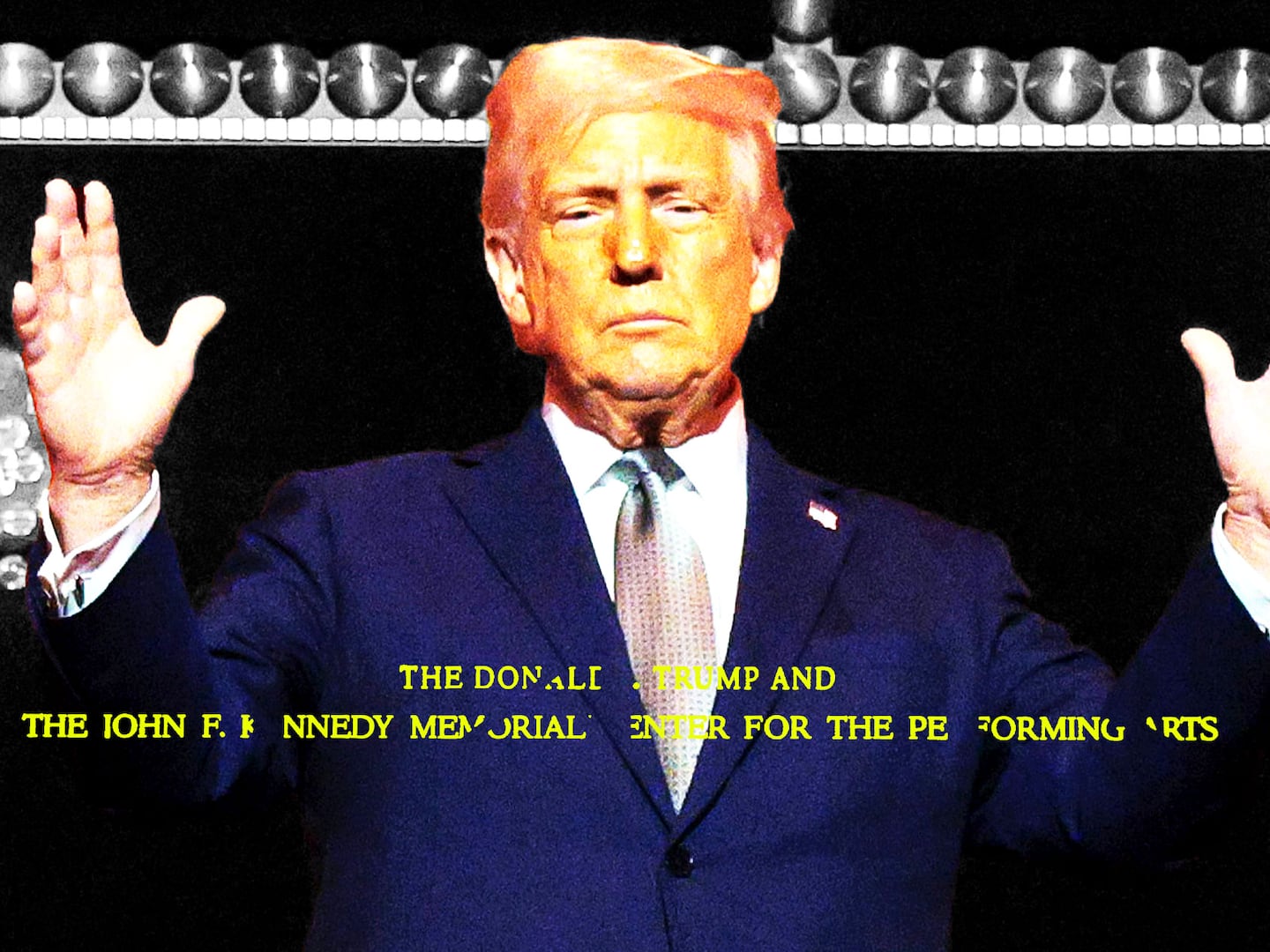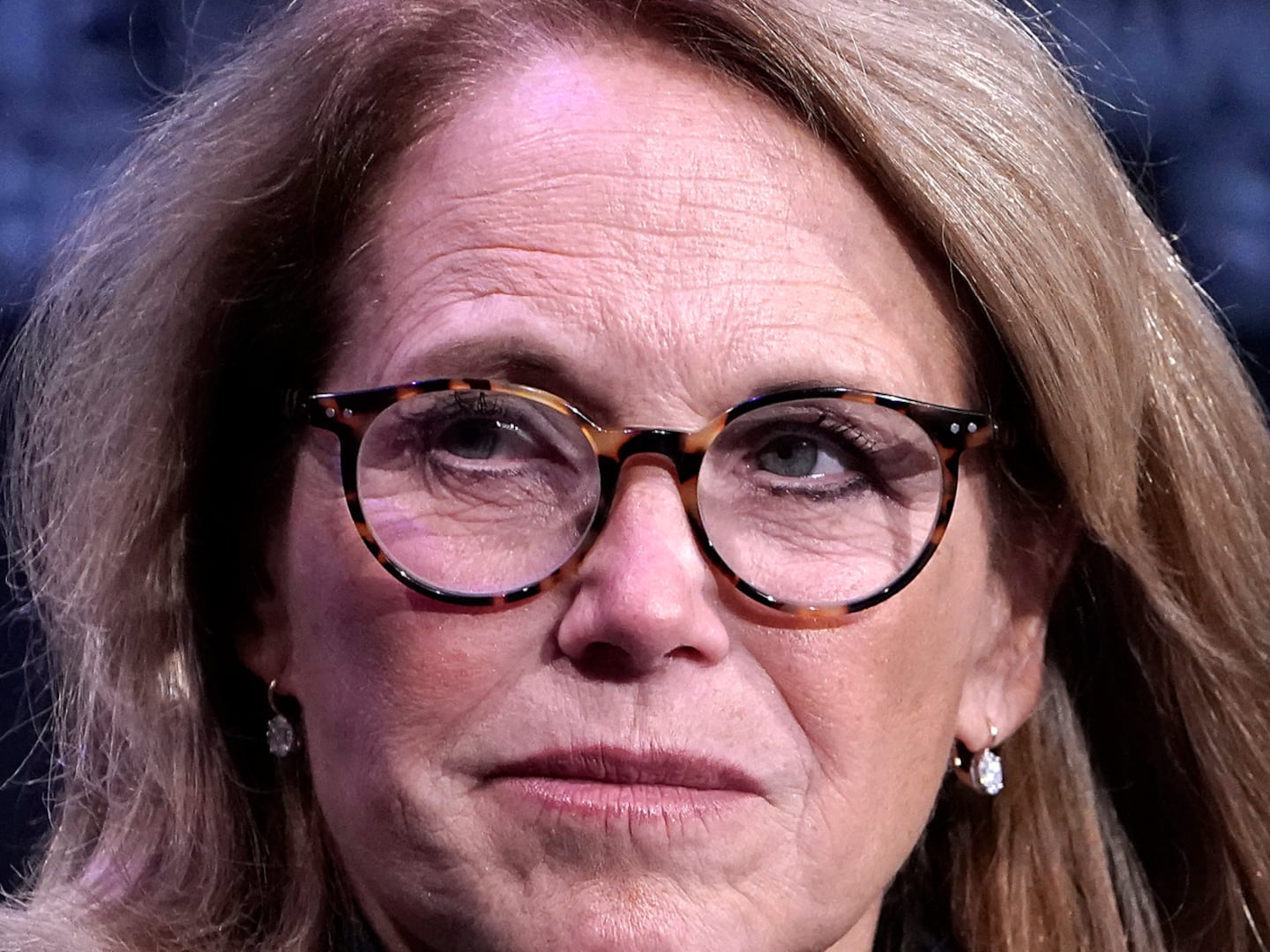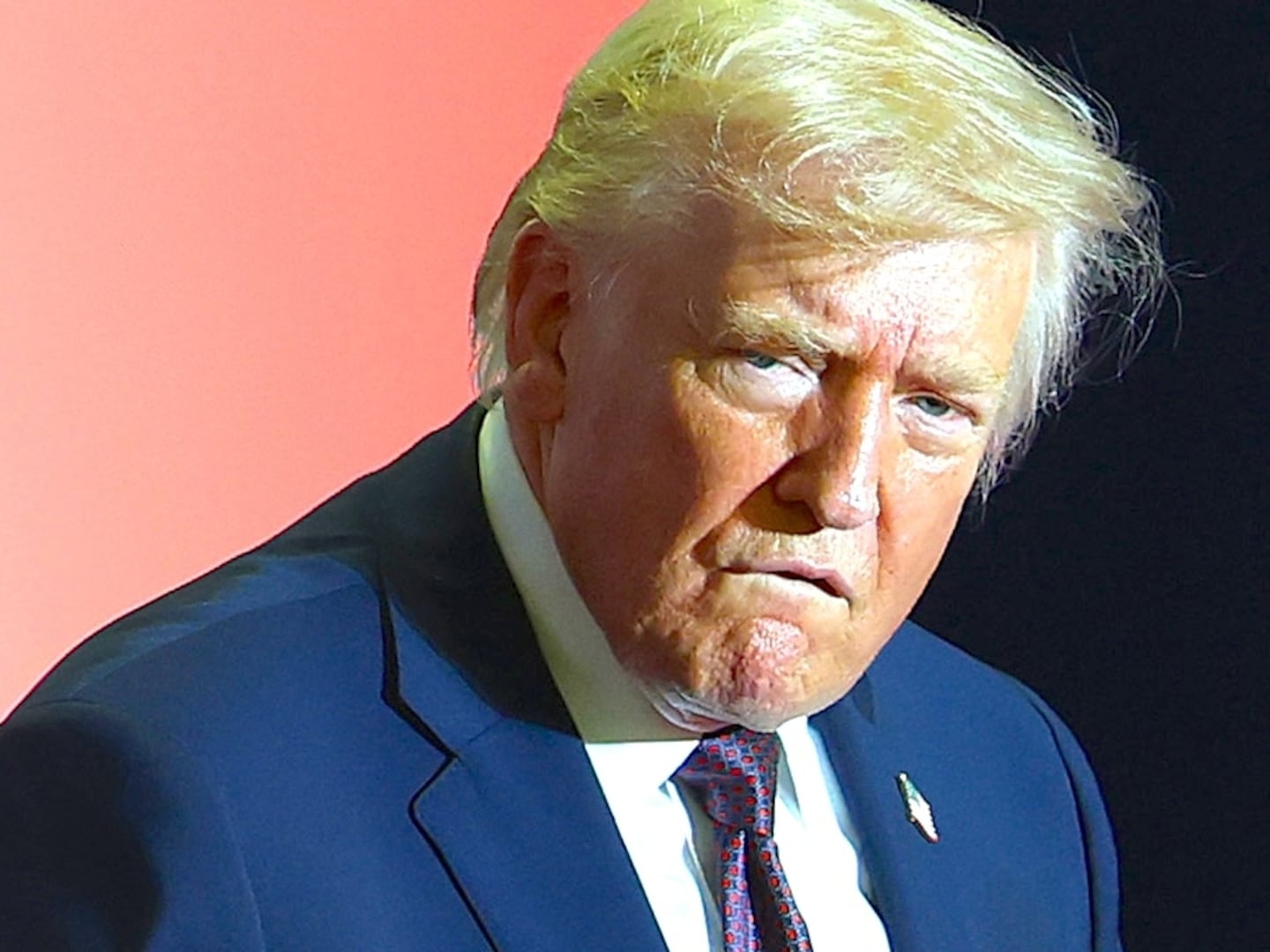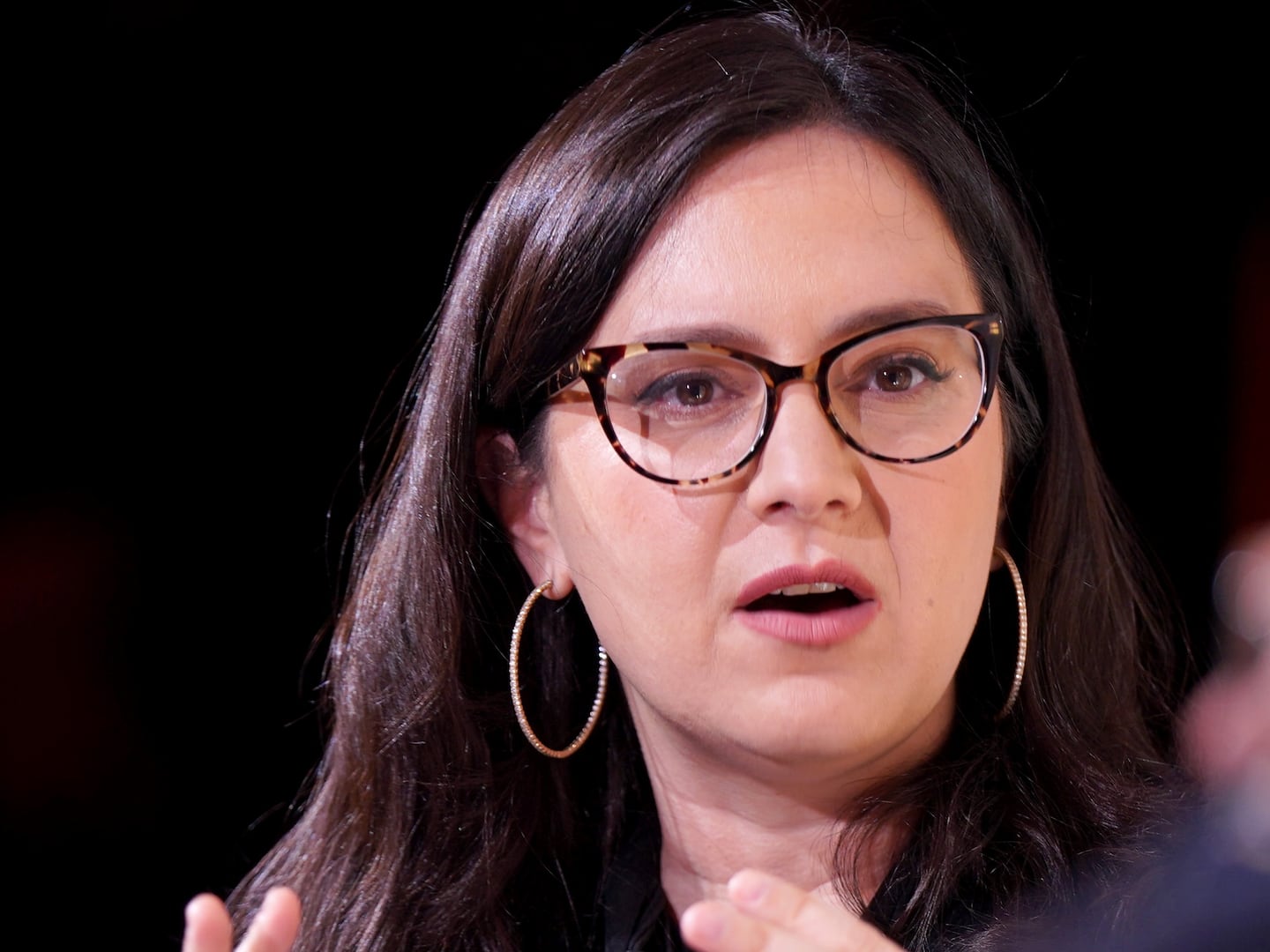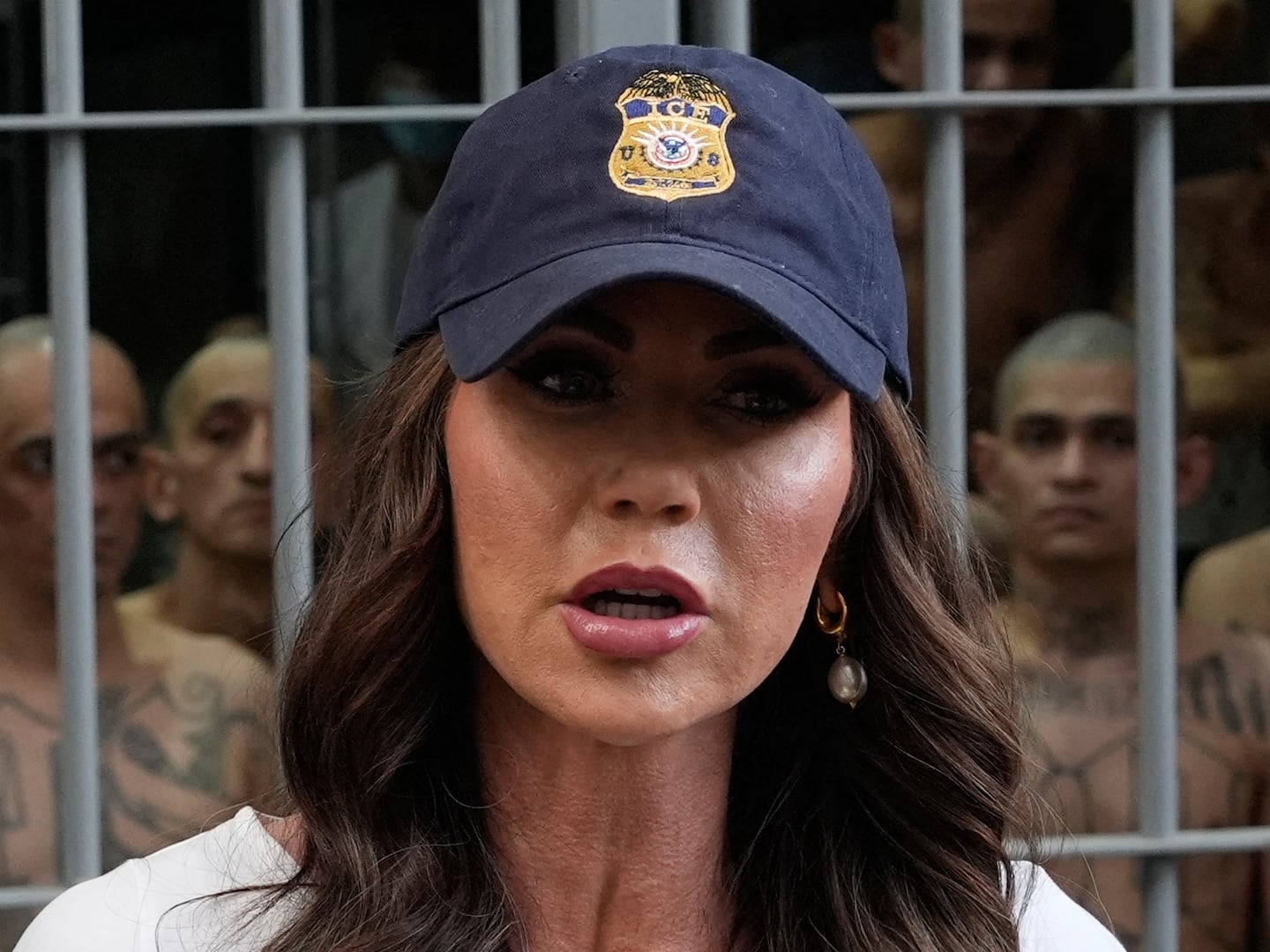Just as Ashley Graham is extremely good-looking, so is the suddenly hottest male model of the moment, Zach Miko.
And yet, just as female models like Graham who are larger than snappable twigs are described as ‘plus-size,’ so now too, it seems, are men like Miko, who are not lean, six-pack sporting Ken dolls.
If the era of the lumbersexual was ushered in in late 2014—all bushy beards, plaid shirts, and visible roughness victorious over smooth—now the fashion world is making it official.
IMG Models have signed Miko as the standard-bearer for their new, self-explanatorily titled ‘Brawn’ category of male models (IMG has a corresponding category for women called ‘Curve).
He is 6 foot 6 inches and has a 40-inch waist. Sure, he’s a comparatively big fella, but not an especially huge man-mountain.
Like Graham, he is as handsome and striking as a thinner model. It’s a little strange watching the hype unfold around models like Graham and Miko: these are still arrestingly good-looking people.
The fact they are a little larger, and that this is the cause of comment and self-congratulation by Planet Fashion, is an absurdity. They look just as sexy as any model.
Miko and Graham pose no challenge to orthodox notions of male and female beauty (Miko has great arms and a powerful physique).

However, there is a box for everyone and everything these days—maybe it helps with marketing, or helps selling things to people who think they are themselves in boxes; a vicious consumerist and cultural circle—and so ‘brawn’ is what Miko has been deemed to be.
Just as some women question why they should be described as ‘plus-size’ by a fashion world in thrall to size zero, so men—while welcoming the handsome example of Miko, challenging the six-pack hegemony—may ask what is the equivalent male sizing line in the sand? Is a man ‘plus size’ after he passes 36” in trouser-size, or a “large shirt”?
If the world of fashion and modeling is interrogating this question and earning lots of publicity as it does so, Miko—who was not made available for interview to the Daily Beast—sounds like an extremely gracious and likeable chap (and he’s married to a woman; sorry, guys/gals).
In an interview with WWD, he said of Graham: “She changed the conversation of what beauty is. If I can do only a fraction of what she does I will be so honored.”
He added that “terms like ‘big and tall’ and ‘plus-size,’ which are just descriptive words, have developed a negative connotation. We’ve gotten to a point where fat is an insult and skinny is a compliment. Using terms like ‘brawn’ and ‘curvy’ change the connotation and celebrate these descriptions.”
Miko may be right, but many headlines about him—the cultural shorthand used to describe Miko—has described him as ‘plus size.’ If fashion had truly grown up—and the lexicon around it had too—we wouldn’t be categorizing models in this way.
But, as Miko says, in many stores he does not find pants measuring above a 36-inch waist. Yet if we accept that Graham and Miko are good-looking enough to be models and look good in clothes, why classify them as so different? It’s not just that they look good, they look like lots of people. Wouldn’t it be better to do away with ‘plus-size’ for men and women?
Does any man of any size, influenced by fashion spreads and the clothes sported by men on runways, care about the size of that man over the style of the clothes? I doubt it. Men, hardwired cavemen as they are, most likely yearn to be bigger anyway: Miko may be a more aspirational body type than Justin Bieber.
He’s certainly eloquent and a bracingly sensible ambassador for body sanity, telling Vogue, “The only issue I had with my body was what I thought other people would think about me. Modeling, along with my beautiful wife, showed me that who I am right now is valid. I feel good about who I am right now—not who or what I want to be in the future, but for who I am, what I look like, and how I feel right now. I really want to help everyone else feel what I am blessed enough to feel today.”
He is, he says, “just an everyday guy. I bartend, I do freelance carpentry, I’m an Eagle Scout, I have bills.”
Miko is also utterly realistic about the demands and expectations of the world he operates within. When questioned about his acting career by WWD, he said he still gets offers to play Jennifer Lopez’s prison guard, Vikings, bouncers, and lumberjacks.
“You are eliminating a whole customer,” Miko said of stores’ ridiculous sizing policies. “There are brands that will produce bigger sizes but not sell them in store…we want to be able to go in a store, go in a dressing room, try something on, look in the mirror and ask our friends how we look. That experience doesn’t exist for us, and it looks fun. I saw Pretty Woman. It looks awesome.”
He’s right. It’s a silly, insulting disconnect, and the modeling world shouldn’t go down the route of categorizing Miko more than he already has been according to the sizing absurdities propagated by those stores.
Why not just engage his services, and promote him to clients, as a model who makes clothes look great?
Indeed, the awesomeness of Miko is confirmed as a straight man secure in his love and appreciation of the shopping scene in Pretty Woman.
The look of princessy delight on Julia Roberts’ face surrounded by all those shopping bags, and expensive attire, is what Miko aspires to feel—a happy, regular prince rather than a ‘plus-size’ one.


